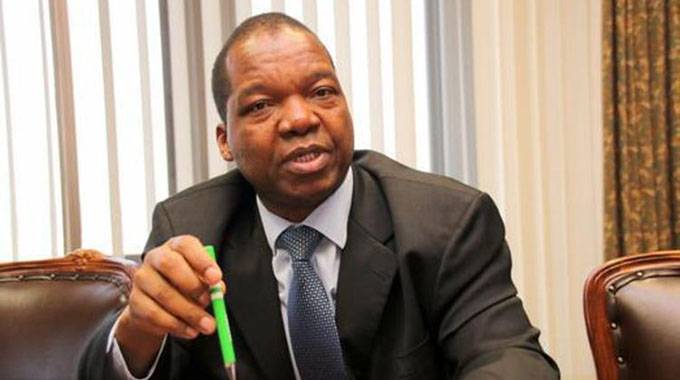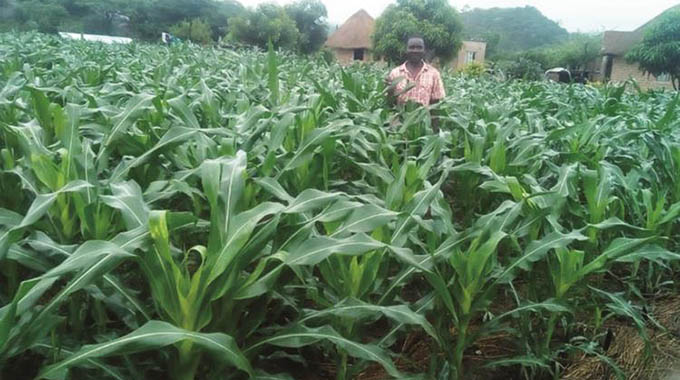Zim Diaspora inflows set for record levels

Tawanda Musarurwa Senior Business Reporter
Zimbabwe’s Diaspora remittances are this year expected to close at record levels of US$940 million, despite economic disruptions caused by the Covid-19 pandemic.
Estimates from the Reserve Bank of Zimbabwe (RBZ) show that as at October 30, 2020, Zimbabwe had registered a 48 percent jump in remittances to US$760 million, from the prior comparable period.
This was largely due to increased use of formal channels, amid national lockdowns and restrictions implemented by countries due to Covid-19.
Central bank Governor Dr John Mangudya last month said remittances were bringing in about US$90 million a month.
With US$760 million in remittances having come into the country in the first 10 months of the year, a projected US$180 million between November and December could take that figure to around US$940 million.
But the remittance figures could be higher for December as is normally the trend during the festive season.
This is notwithstanding an earlier World Bank forecast that in the wake of the Covid-19 economic crisis, remittance flows to Sub Saharan Africa would fall by 23,1 percent.
For Zimbabwe, Diaspora remittances are a critical source of foreign currency, along with exports of key products like gold, platinum group metals and tobacco.
Last year, Diaspora remittances into the country grew by 2,6 percent to US$635 million from US$619 million recorded in 2018.
With many Zimbabweans based outside the country failing to travel due to the pandemic, the use of formal channels has increased. And providers of such services are leveraging on the new opportunities.
Said WorldRemit head of Sub Saharan Africa and country director for Zimbabwe Pardon Mujakachi recently: “We are continuously looking at how we respond to the increasing demand for our product in the diaspora and innovate payout options for customers at home.
“The customer demand creates opportunity for growth and the expansion of our footprint especially in the hard-to-reach areas of Zimbabwe. Our aim is to ensure that everyone everywhere has access to our service”.
Zimbabwe is among the leading recipients of remittances in the Comesa region alongside Egypt, Kenya, Tunisia and Democratic Republic of Congo.
The country also leads in terms of contribution of remittances to gross domestic product (GDP) at 13,5 percent, according to the Comesa secretariat.
The increased inflows of remittances, coupled with the relaxation of free funds usage has benefited the local economy, and this was confirmed recently by the RBZ Governor.
“The liberalisation of free funds that was done through Statutory Instrument 85 of 2020 has helped this economy significantly because Zimbabwe is currently earning around US$150 million in cash on a monthly basis; that is US$90 million from Diaspora remittances and about US$60 million that is paid to artisanal gold miners on a monthly basis,” said Dr Mangudya.
“That cash is in this economy. And the best way for that cash to come to the banks and to circulate was that we liberalise the use of free funds so that the money comes into the banks, it circulates in the economy, goes into the auction system and the economy goes forward.”








Comments